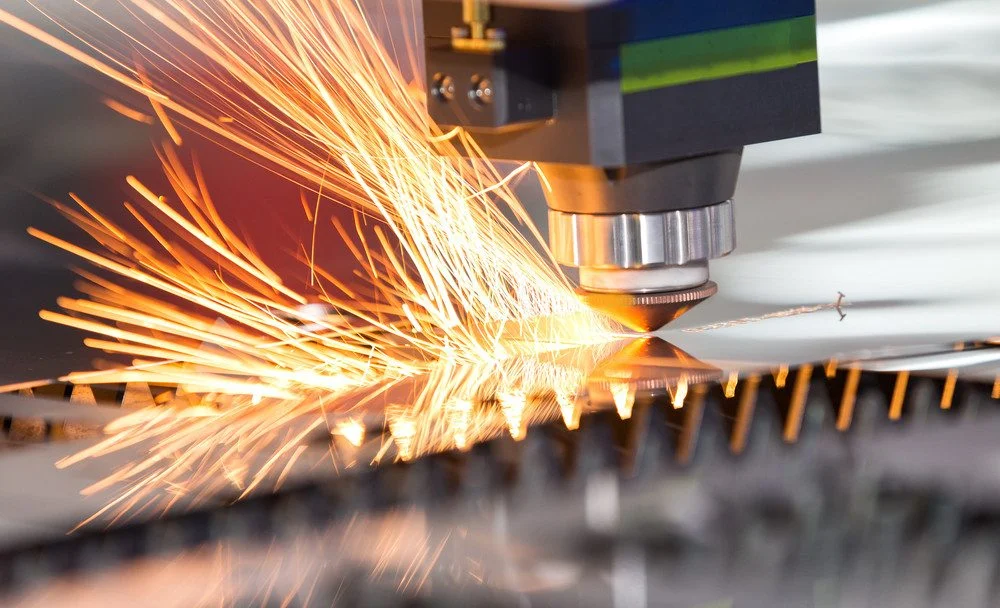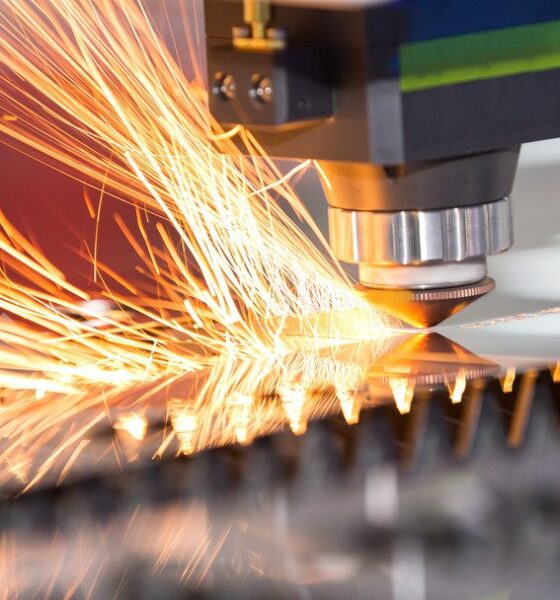

Environment
Why the Future of Laser Material Processing Is Green (and Blue and Red and Purple)
For decades, the laser industry has expanded slowly but steadily. Regardless of economic conditions, laser companies regularly see growth in high single-digit percentages, and experts predict that the industry can sustain this pattern for years to come. In the past, the laser market has been so reliably successful because laser companies have been able to diversify in their technological offerings; indeed, lasers are endlessly useful, providing all sorts of solutions to all sorts of professional problems.
However, perhaps most importantly, lasers are proving among the most harmless, most environmentally friendly, and most accessible of material processing tools. Several laser companies and their clients are committed to reducing the environmental impact of other technologies, and in doing so, they are making the world a safer place. Here’s why we should embrace lasers now and in the future as some of the greenest tech available:
Lasers Are Safe
Misconceptions about what lasers are and what they can do are rampant. Thanks to science fiction, many people believe that lasers are incredibly dangerous, that they can sap the life from people or blow up planets. While lasers can be immensely powerful — there are some military applications of lasers as weaponry — for the most part, laser material processing solutions are safe to use as long as users understand the proper procedure.
First, lasers that are not eye-safe — which include all lasers used for material processing — should be observed at all times by a trained operator. The best laser cutters, engravers, and markers are designed to meet Class 1 safety requirements, which means the laser is fully contained and no operators can be exposed to laser energy — which means no getting cut in half like Anakin Skywalker. Additionally, high-quality laser processors are made from aluminum, safety glass, and other fire- and heat-proof materials, so the laser cannot accidentally ignite the unit and cause extensive damage and harm. When monitored and used appropriately, lasers are perfectly safe.
Lasers Are Sustainable
Yet, safety isn’t the only concern for emerging manufacturing tech. Humans have a legacy of excessive wastefulness when it comes to manufacturing, and that carelessness has led us directly to the disasters of climate change. Thus, for laser processing systems to be widely accepted, they must offer something other machines and technologies cannot: Sustainability.
Fortunately, lasers have the potential to be sustainable, depending on how they are built and what they are used for. For example, users can input their designs into a computer-aided manufacture (CAM) program to minimize waste of material. Recently, engineers have produced a gas laser cutter, which does not produce heat while making precise, intricate cuts. Alternatively, there are fiber lasers, which utilize 70 percent less electricity than typical lasers, conserving energy.Advancements in laser tech are occurring every day, and lasers are becoming greener and greener.
Some laser processing does release toxic and harmful fumes — as is the case with any method of processing certain types of materials. With appropriate exhaust considerations, such as air filtration systems, users can trap those fumes and prevent them from escaping into the environment. Furthermore, some laser processing companies are committed to reducing waste wherever possible. For example, Universal Laser Systems (ULS) is eager to assist in recycling defunct or outdated products, they collect them from users to prevent products cluttering of landfills.
Lasers Are Inexpensive
Finally, lasers could be the manufacturing technology of the future because they provide more use options for less expense. Laser material processing systems vary widely in price depending on size and wattage: Users who need higher wattage lasers to cut through metal or other thick materials should expect to spend upwards of $10,000 for an appropriate machine, and high-quality, top-of-the-line models can cost as much as $50,000. Still, these prices are roughly on-par with other manufacturing machines, and because lasers are more efficient — requiring less energy (especially with fiber lasers) and producing less waste thanks to CAM programs — users typically see returns on their laser processing investment relatively quickly.
Finally, laser processors tend to have less-demanding maintenance needs than other manufacturing machines. Laser cuts and marks are more precise and accurate than other options, which means users spend less time (and money) deburring and finishing their projects. Ultimately, the less time, money, and effort spent on inefficient, imprecise, and expensive material processing, the better — which is why the future will be filled with lasers.




















